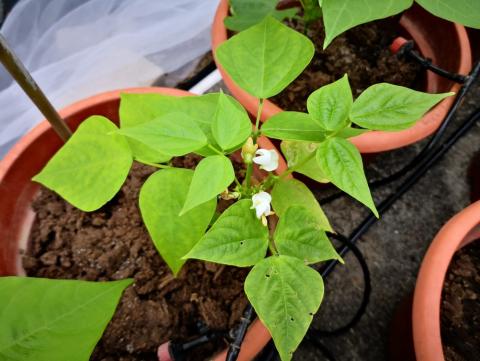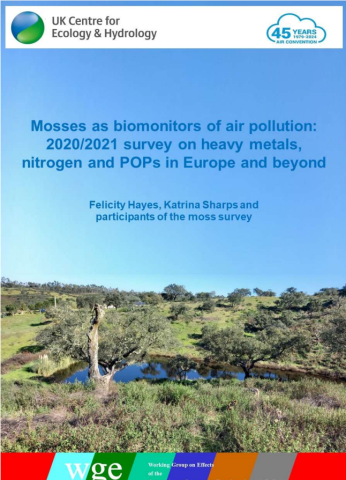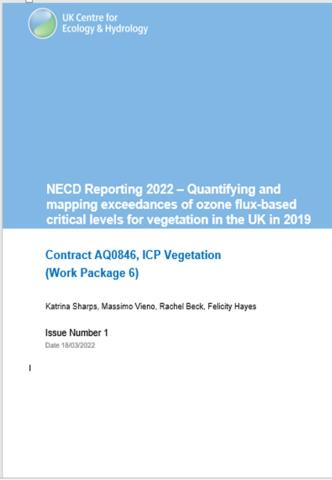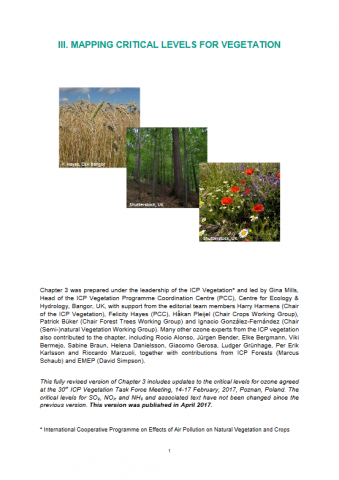
Blog article written by Felix Leung, Chinese University of Hong Kong.
Methodology
This study uses the ozone-sensitive (S156) and ozone-resistant (R123) genotypes of Phaseolus vulgaris (Bush bean, French Dwarf bean) that have been selected at the USDA-ARS Plant Science Unit field site near Raleigh, North Carolina, USA. The bean lines were developed from a genetic cross reported by Dick Reinert (described in Reinert and Eason (2000)). Individual sensitive (S) and tolerant (R) lines were identified, the S156 and R123 lines were selected, and then tested in a bioindicator experiment reported in Burkey et al., (2005). This system has been tested in central and southern parts of Europe since 2008. Kent Burkey of USDA-ARS kindly provided seeds for the trials (CEH, 2018). We follow the Bean Biomonitoring Protocol from ICP vegetation (CEH, 2018) for growing and recording the beans growth. The ozone garden is set up inside the campus of the Chinese University of Hong Kong, Gene garden (22.4248N, 114.2068E). It is considered as a rural area as there is only one building nearby which is situated 50m away. The plot is fenced to prevent mammals such as wild boars or macaque from entering and eating the plants.
For the 2018 trial growth, we grew 16 bean plants, (8 sensitive and 8 resistant). The beans were first germinated in July in biodegradable pots (6cm wide and 4cm deep) indoors with adequate watering. When the primary leaves emerged, we placed the biodegradable pots into a large pot. The pot was 15 litres in volume with a surface diameter of 25cm with peat soil and black soil.
For the 2019 growth, we germinated the beans in January in two big pots for each genotype with a soil mixture of 50% peat soil and 50% sand. When the primary leaves emerged, we transplanted the seedlings carefully to another large pot. There were 12 sensitive and 15 resistant beans that successfully germinated. A net was put over the two rows of beans to try and prevent insect damage.
The pots were lined up and fit with an automatic watering system developed by B-Hyve. The timer was set to water the beans every morning at 8:45am for 1 minute.
Ozone level monitoring
We monitored the ozone concentration in the ozone garden using the Teledyne 400 ozone analyser, it provides accurate measurement up to 0.1ppb and the data is logged every 5 minutes. The machine was placed in a shed nearby the beans, with a Teflon tube extended to an outdoor position near the beans.
Meteorology measurement
We measured the local meteorology using the Vantage Due Pro 2 weather station installed in the field site. Data such as wind speed, wind direction, temperature, precipitation, air pressure and relative humidity was recorded.
Insect injury monitoring
From our trial study, we found that many plants suffered from various degrees of insect injury on leaves. Insect injuries are an important indicator of the plant’s health and ozone exposure could affect its health. We recorded the amount of insect damage by observing the percentage of trifoliate leaves with pieces that were missing.
This was divided into 4 categories: No damage; 1-5% damage; 6-25% damage and over 25% damage.
No Damage 1-5% insect damage 6- 25% insect damage >25% damage (see caterpillar on leaf!)
Ozone injury monitoring
Following the Bean Biomonitoring Protocol from ICP Vegetation (CEH, 2018), we classified the ozone injury intensity into five categories: without any injuries; larger than 0 but less than 5% injury; with 5-25% injury; with larger than 25% injury and with senescenced leaves.
The visible ozone injury on Phaseolus vulgaris appears as distinctive bronze red dots on the upper surface of the leaves. Here are example photographs of the injury categories:
No ozone injury, (but some insect injury) < 5% injury on trifoliate leaves 5-25% injury (CEH, 2018)
> 25% injury (CEH, 2018) Senesced leaf (also showing previous ozone injury) (CEH, 2018)
We can compare the difference of ozone sensitive and resistant beans by quantifying the insect damage and ozone injury on leaves. We also measured the number of flowers and pods developed as this information is important for calculating the ozone flux effect relationship with plant flowering. We harvested the beans when 50% of the plant’s pods turned brown.
The pods were weighed and the number of beans inside the pod were recorded and weighed.
In my next post, I will talk about the biodiversity that we found in the Hong Kong ozone garden.


